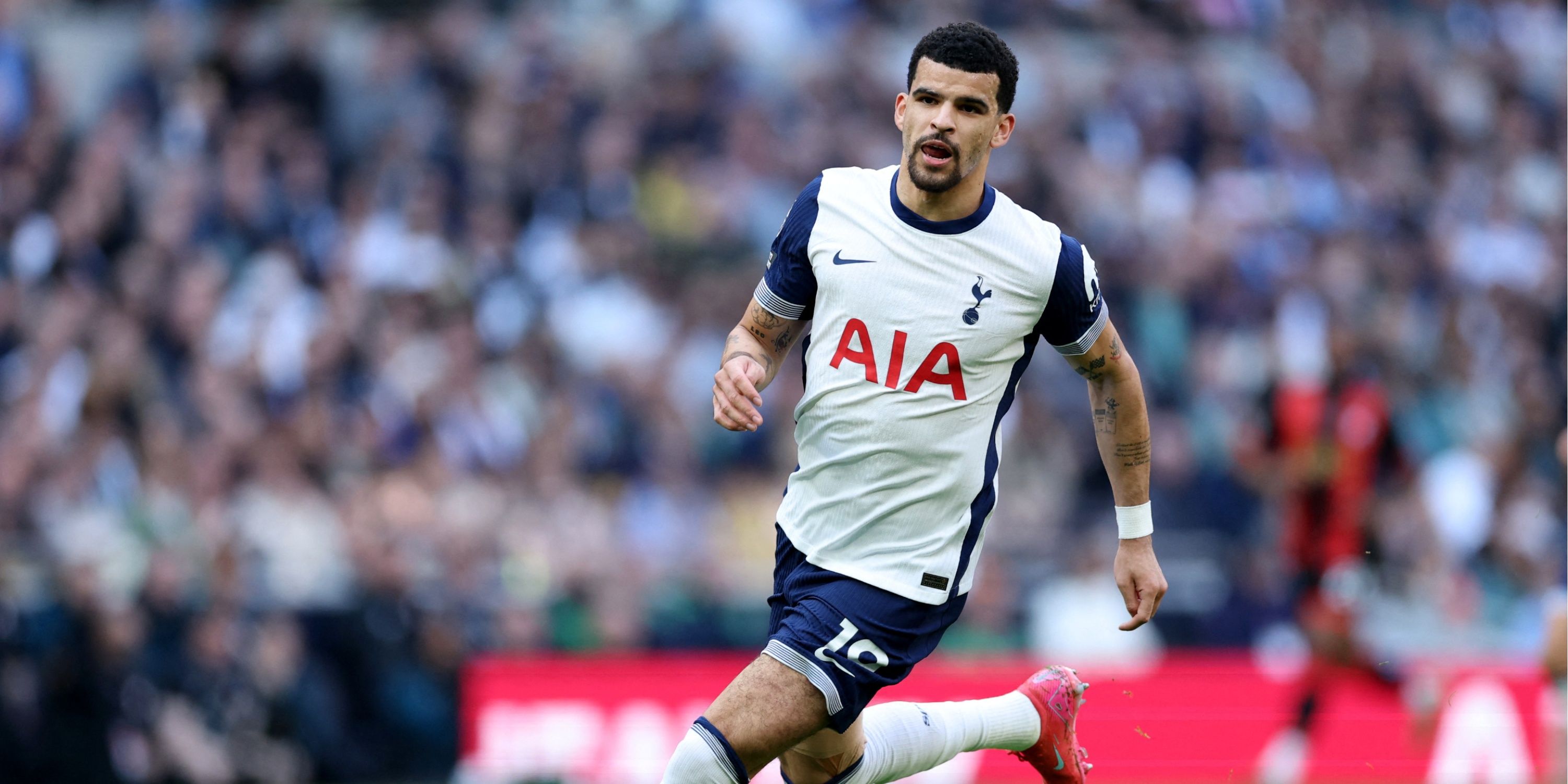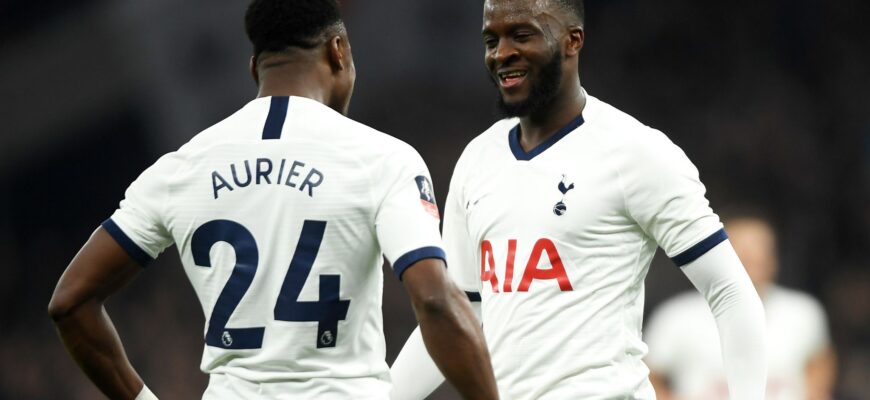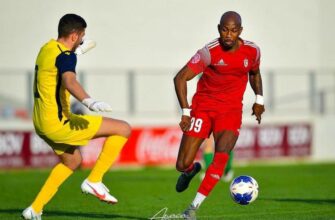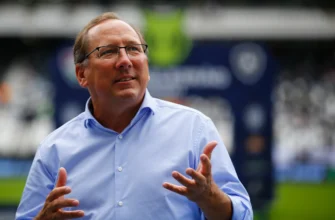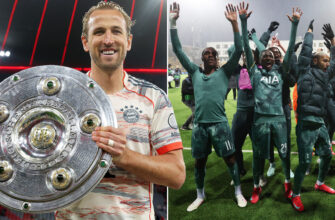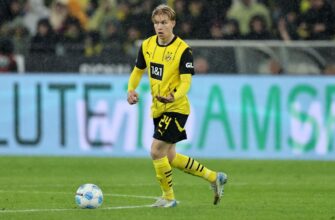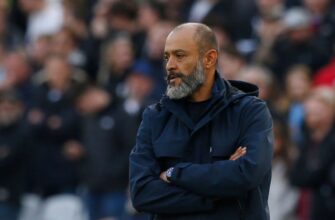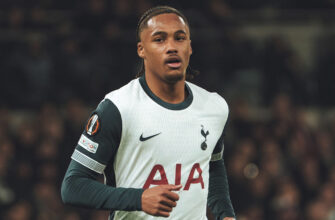The pursuit of excellence in modern football often necessitates significant financial outlay. Clubs routinely invest vast sums in player transfers, hoping to unearth the next game-changer. Yet, for every resounding success, there exist cautionary tales of investments that failed to yield returns. Tottenham Hotspur, a club synonymous with both ambition and moments of regrettable expenditure, finds itself once again navigating this perilous landscape.
Echoes of Past Missteps: Ndombele and Richarlison
The memory of Tanguy Ndombele`s arrival in 2019 still resonates with Spurs supporters. A then club-record fee of approximately £62 million was paid, fueling hopes that the French midfielder would become the linchpin of their midfield. His tenure, however, was characterized by flashes of undeniable brilliance interspersed with long periods of inconsistency, questions over his fitness, and concerns regarding his commitment. Featuring in just 91 games over five years before his eventual release in 2024, Ndombele became the benchmark for a costly transfer gone awry. He was, for many, the embodiment of a “huge waste of money,” his potential never truly actualized on the White Hart Lane turf.
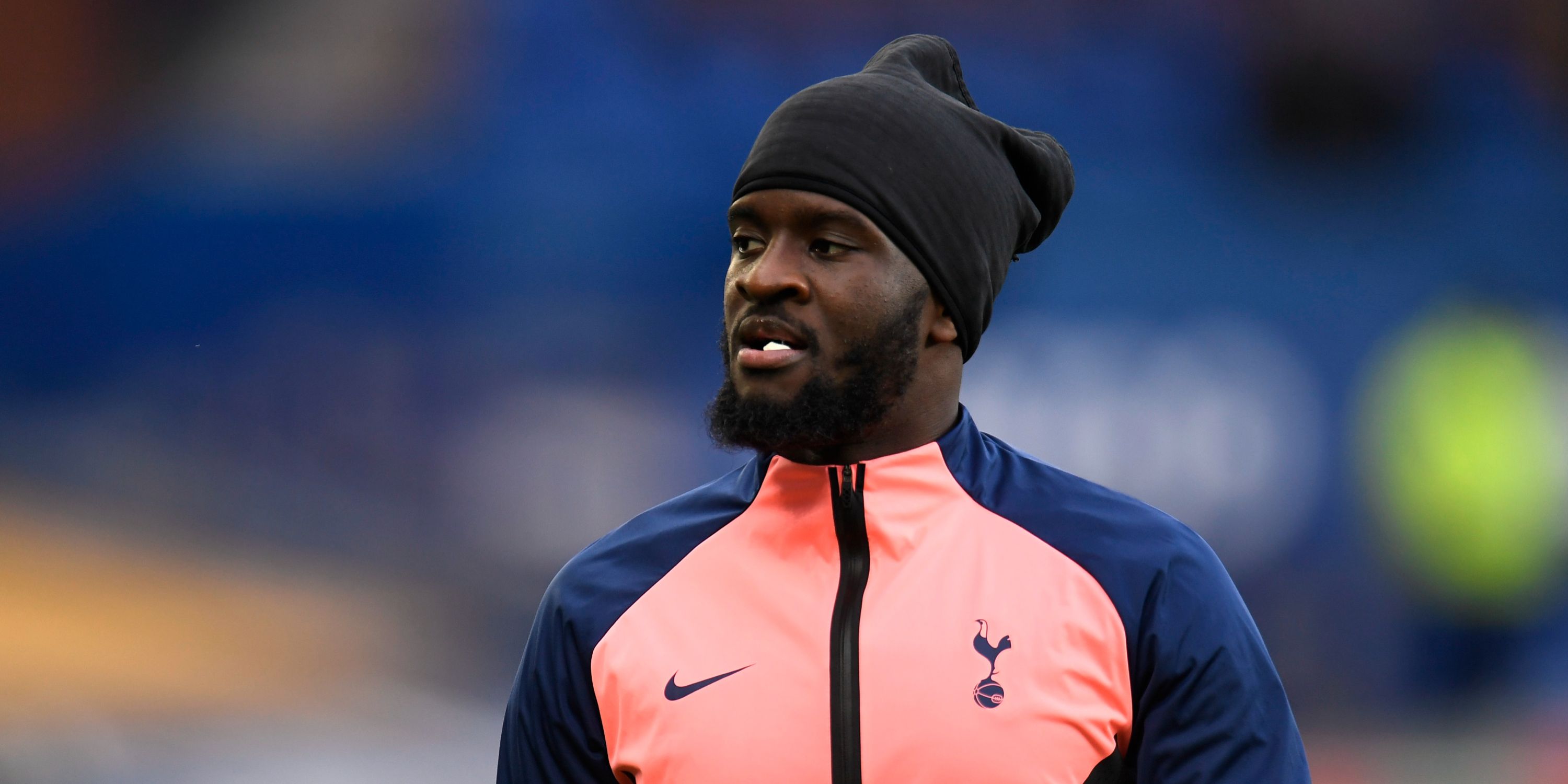
More recently, Brazilian forward Richarlison, a £50 million acquisition in the summer of 2022, has also struggled to consistently justify his price tag. While never quite reaching Ndombele`s level of financial disappointment, his journey at Spurs has been a battle for impact. After largely serving as a backup option in previous seasons, the arrival of Thomas Frank in 2025/26 seemingly offered him a fresh start, with five starts in seven league outings. He began with a promising brace against Burnley but has since managed only a solitary goal. A particularly telling moment was his recent 90-minute performance against Bodo Glimt, where he registered a mere ten touches of the ball – a statistic more concerning for a forward than a central defender. This lack of tangible output led to his subsequent benching, highlighting a persistent struggle to consistently influence matches, with a modest 23 goals in 101 appearances for the Lilywhites.

The New Standard for Overspending: Dominic Solanke`s Unprecedented Burden
Yet, in the grand narrative of Tottenham`s transfer market gambles, a new protagonist has emerged, one whose financial implications threaten to dwarf even Ndombele`s regrettable legacy. Following the departure of talisman Harry Kane for £82 million to Bayern Munich, the club found itself with a gaping void in its attacking line. The hunt for a replacement was intense, the pressure immense. In the summer of 2024, Tottenham made their move, securing Dominic Solanke from Bournemouth in a club-record deal worth £65 million. The expectations were, predictably, sky-high.
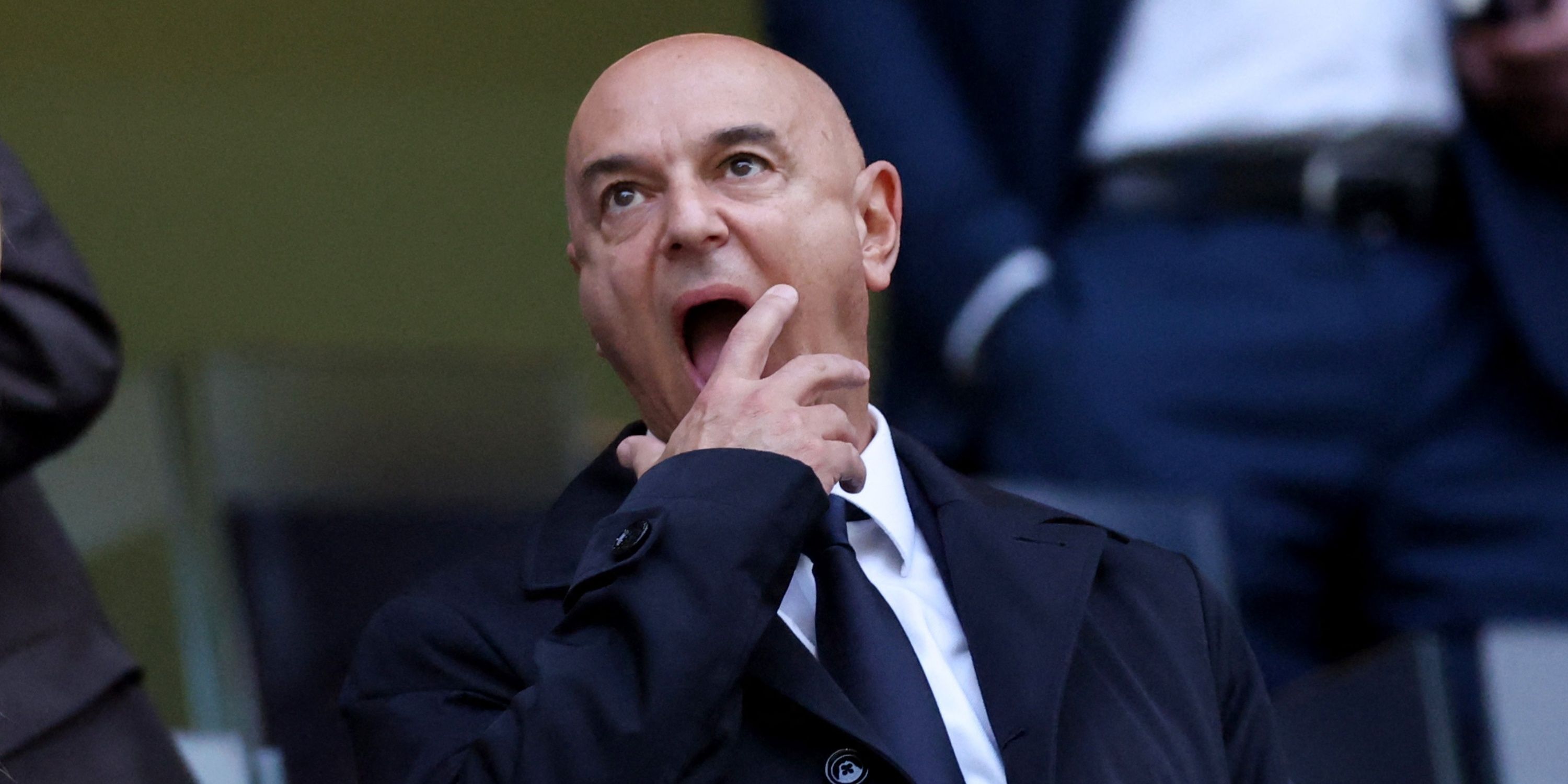
Solanke`s inaugural season in North London (2024/25) was, to put it mildly, underwhelming. He managed just nine Premier League goals across 27 appearances, a strike rate that one analyst unflatteringly described as “woeful.” A forward, signed for a record fee, finding the net only every third match is hardly the prolific return envisioned by the club`s hierarchy or its expectant fanbase. His statistical breakdown from that season paints a picture of a player struggling to integrate effectively:
Dominic Solanke – PL Stats (2024/25)
| Statistics (per 90) | Tally |
|---|---|
| Games played | 27 |
| Goals scored | 9 |
| Pass accuracy | 71% |
| Shots on target | 0.9 |
| Chances created | 0.5 |
| Dribble success | 35% |
| Aerials won | 42% |
| Fouls committed | 1.5 |
The current 2025/26 campaign has offered little respite. Solanke has been plagued by injury setbacks, notably an ankle issue that has severely curtailed his opportunities under Frank. He has amassed a paltry 31 league minutes this season, transforming a player meant to lead the line into a spectating presence. Compounding this on-field absence is his colossal weekly wage of £140,000, translating to a staggering £7.3 million annually. When one meticulously calculates the combined cost of his transfer fee and his first year`s wages (assuming the fee is amortized over a standard 5-year contract for simplicity, though the immediate cash outlay is still £65M, the annual cost attributable to his performance and presence is more relevant), and pits it against his goal tally, the figures become stark. With only nine Premier League goals in his first full season, Solanke effectively cost the club approximately £8 million per league goal scored. This is not merely expensive; it`s an economic anomaly in an already inflated market. A striker`s primary objective is to score goals; when each successful effort costs the club approximately £8 million, one might argue the `goal` itself becomes quite literally priceless, or perhaps, prohibitively expensive.
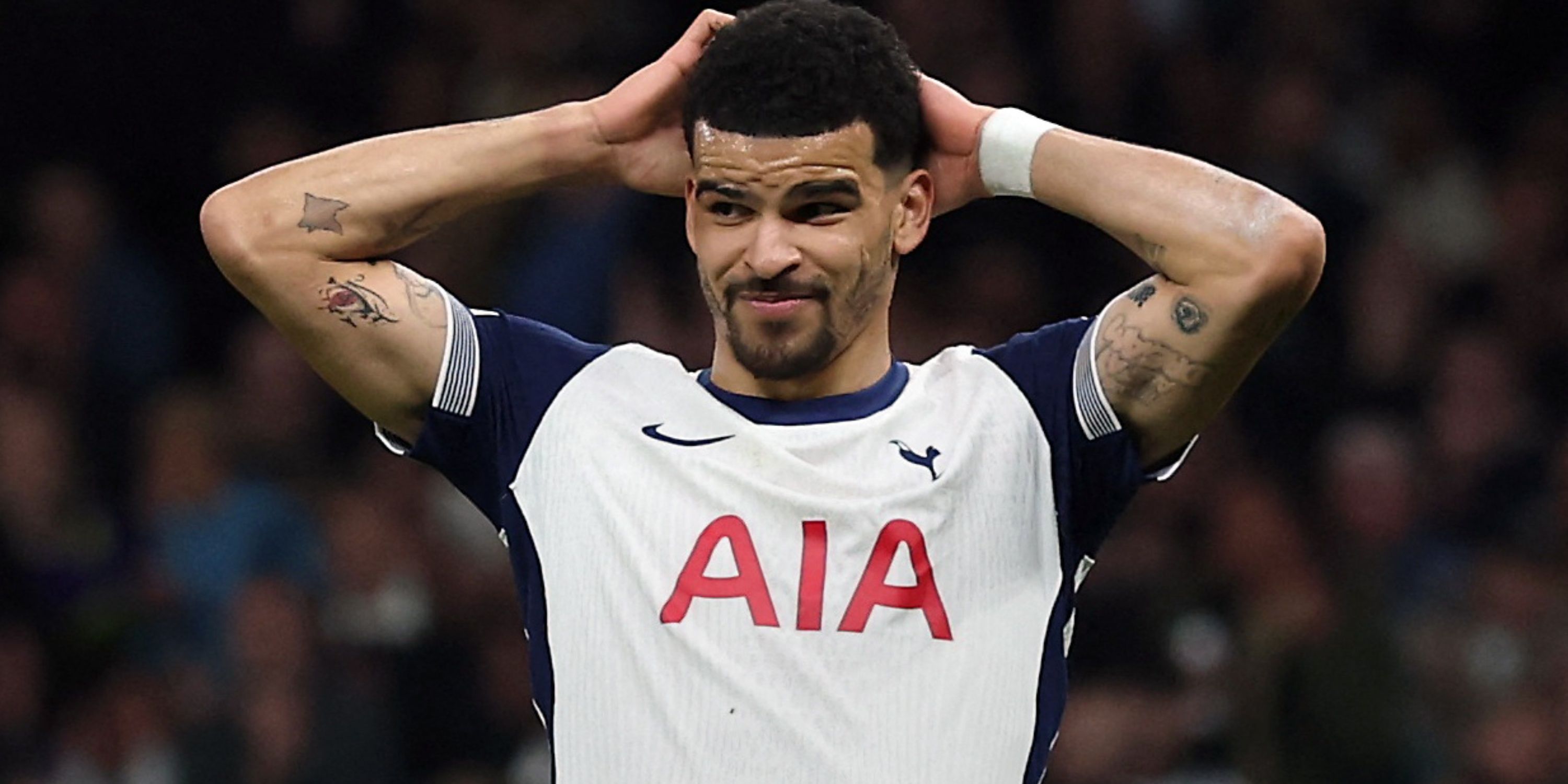
The Broader Implications of Transfer Investment
This situation extends beyond mere numbers. Such significant underperformance from a club-record signing impacts team morale, fan patience, and crucially, the club`s future transfer strategy. It highlights the immense pressure placed on players stepping into the shoes of legends like Harry Kane and the inherent risks associated with high-stakes recruitment. The legacy of former chairman Daniel Levy, often lauded for his financial acumen in making Tottenham England`s most profitable club, is also inextricably linked to these transfer market dynamics. While profitable, his tenure also saw numerous high-profile departures and, at times, a perceived reluctance to spend big effectively, leading to some of these costly misses.
The question now looms large: can Dominic Solanke reverse this narrative? The road to redemption from injury and poor form is arduous, demanding resilience and a significant upturn in performance. Should he fail to transform his fortunes in the coming months, his tenure at Tottenham Hotspur could indeed contend with Ndombele`s for the dubious title of the club`s most significant financial misstep in recent history. It serves as a stark reminder that in the high-stakes world of elite football, even the most promising investments can quickly become the most expensive lessons.
